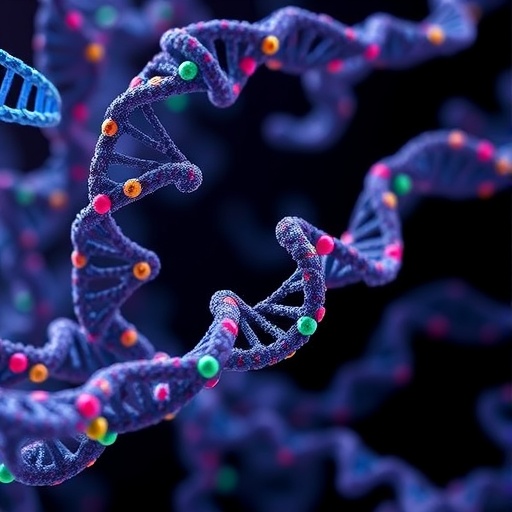Researchers from the University of Dundee and the Francis Crick Institute have made a significant discovery about a cellular pathway associated with developmental defects and a myriad of diseases ranging from alopecia to colorectal cancer.
The research, jointly led by Dundee's Dr Gopal Sapkota and Professor Sir Jim Smith of the Crick, examined the role of a protein called PAWS1 in the Wnt signalling pathway, which is of fundamental importance in shaping developing embryos and controlling cell fate in adults.
Mutations that cause slight alterations in Wnt signalling can lead to the developmental defects and disease. The researchers have now demonstrated that PAWS1 plays a significant impact in controlling the Wnt signalling pathway.
"Abnormal Wnt signalling is associated with many cancers, particularly colorectal cancers," said Dr Sapkota. "Understanding how PAWS1 regulates Wnt signalling may therefore offer new opportunities and targets for potential interventions."
The Dundee-Crick team had previously made the discovery of PAWS1 as a protein associated with a range of signalling processes involved in the development of bone, cartilage and other tissues in the human body. In order to further understand its role in development and disease, they looked at frogs as the activation of Wnt signalling in frog embryos is known to cause a two-headed tadpole.
The researchers found that injection of PAWS1 into frog embryos resulted in two-head tadpoles, thus implicating PAWS1 in the control of Wnt signalling. When they removed PAWS1 from a human osteosarcoma cell line, they found that Wnt signalling was inhibited.
To further explore the molecular mechanisms through which PAWS1 controls Wnt signalling, the researchers discovered that PAWS1 interacts with Casein Kinase 1 alpha (CK1?), an enzyme that is known to regulate Wnt signalling.
They went on to map the determinants of PAWS1-CK1 interaction and subsequently demonstrated that PAWS1 mutations incapable of associating with CK1? not only fail to cause two-headed tadpoles but are also unable to activate Wnt signalling.
This leads to the prospect of scientists one day being able to use PAWS1 to correct potentially deleterious alterations to Wnt signalling and therefore prevent or treat the diseases associated with it.
Dr Sapkota continued, "Our uncovering of PAWS1 as a crucial regulator of CK1? in Wnt signalling represents a significant leap in our understanding of this important signalling pathway. CK1? has been known as an important player in Wnt signalling for two decades but its regulation had remained a mystery until now."
The findings are published in the current issue of EMBO Reports. Polyxeni Bozatzi, a PhD student in Dr Sapkota's lab, and Dr Kevin Dingwell, from Professor Smith's lab, are joint lead authors of this study.
Professor Smith said, "Although the precise function of PAWS1 was poorly understood, PAWS1 mutations are known to cause palmoplantar hyperkeratosis, a disease in which there is excessive skin cell growth on the soles and palms and can affect normal hair growth leading to conditions such as alopecia.
"Wnt signalling is known to play crucial roles in the maintenance of skin tissue and hair development. Our findings that PAWS1 is important player in Wnt signalling now offer an opportunity to establish whether the pathogenic PAWS1 mutations impact Wnt signalling to give rise to this disease."
"This research is an outcome of a long-standing collaboration between the Dundee and Crick labs. It represents a wonderful example of how collaboration facilitates key scientific discoveries."
###
Media Contact
Roddy Isles
[email protected]
44-138-238-4910
@DundeeUniv
http://www.dundee.ac.uk





